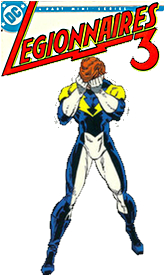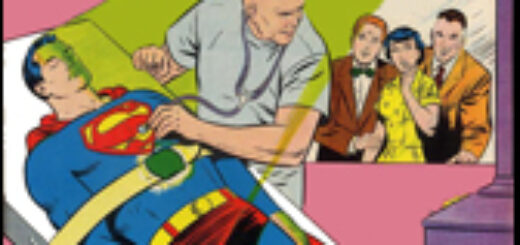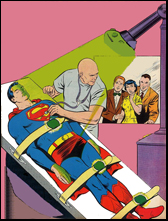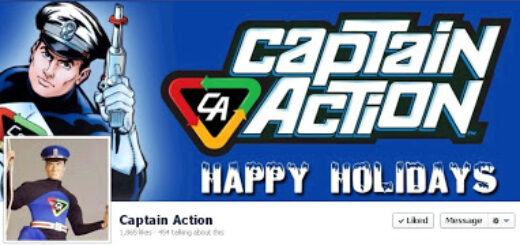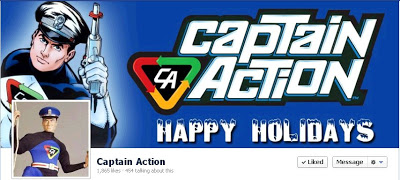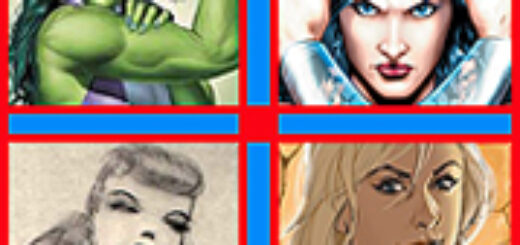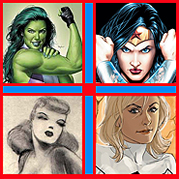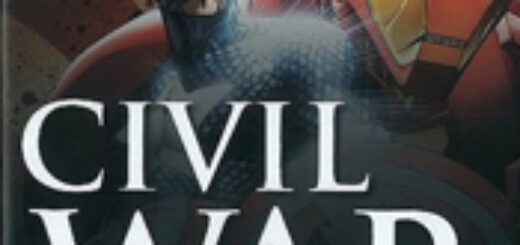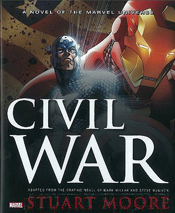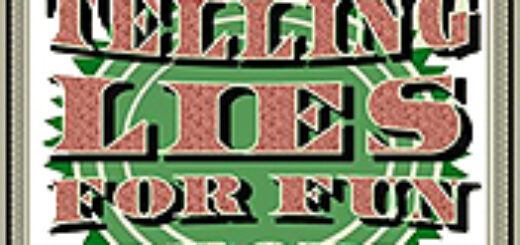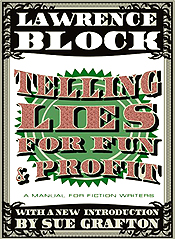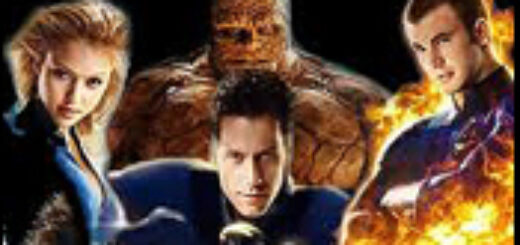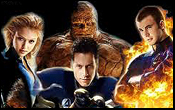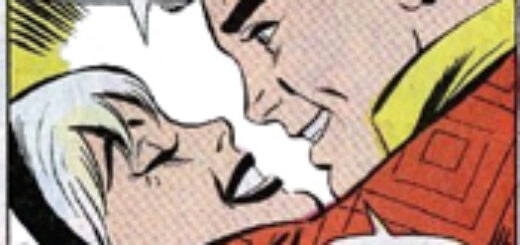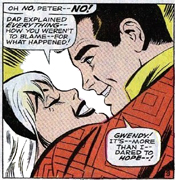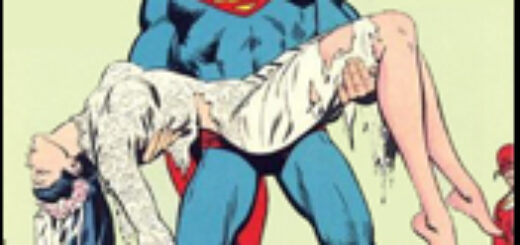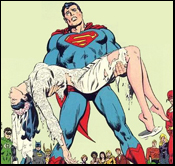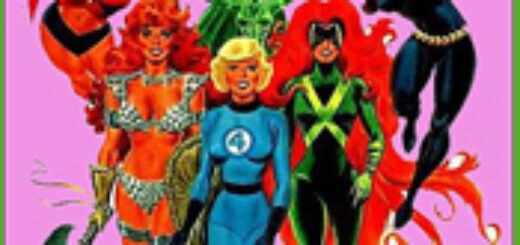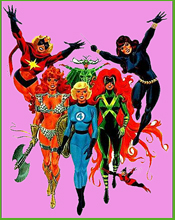Mindy Newell: Feed ‘Em, Burp ‘Em, Diaper ‘Em
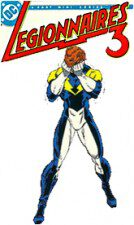 Ah, the joys of new parenthood.
Ah, the joys of new parenthood.
Interrupted sleep. Desperately trying to figure out why the baby is crying. Shock and palpitations at the cost of Pampers (or Luvs or Huggies). Interfering grandparents.
Yeah, it’s tough being the parent of a baby. (Just wait until they are teenagers!)
At least you don’t have super-powers. At least you don’t have arch-nemeses and equally powered villains eager to use your darling as a weapon against you
Once upon a time I worked with Keith Giffen, Ernie Colon, and Karl Kesel on a mini-series for DC that we called Legionnaires Three. The story twists on the kidnapping of the infant Graym Ranzz by the infamous Time Trapper. Baby Graym is the son of Mr. and Mrs. Ranzz, a.k.a. Lightning Lad and Saturn Girl, a.k.a. Garth Ranzz and Imra Ardeen. Upon discovering their child is gone, both are stunned into superhero impotency as Imra breaks down in heart wrenching sobs, held by a seemingly stoic Garth.
I remember getting a lot of flak in the fan mail. (Remember fan mail?)
“Saturn Girl is the Iron Butterfly! She would never cry!”
“Garth is the weak one. Imra would kick ass!”
“You don’t know anything about the Legion! Lightning Lad and Saturn Girl would rally the troops, get on the case!”
Well, I do know about the Legion. But more important, I know about being a parent. And as I answered in the letters column (remember letters columns?), and I’m paraphrasing here, Garth and Imra may be superheroes, but they are also parents, and any parent, super-powered or not, would be sucked down into a mass of shocked, weeping, screaming, emotional protoplasm on discovering their child kidnapped. (Do I really have to reiterate that?)
Anyway, I got to thinking about babies and super-powers, superheroes and being a parent.
I talked about being the parent of a super-powered kid once before here on ComicMix, in May 2012. I called the column “My Kid’s a Superhero,” and it was in honor of Mother’s Day. It was about Martha Kent and it went like this:
A few months later Martha was vacuuming – Jonathan did the laundry, so it was a fair exchange – and went to move the couch, where all the dust bunnies lived. Baby Clark wanted to help him mommy, so he picked the couch up. Martha went to the liquor cabinet and poured herself a stiff one. When Jonathan came back from the lower 40 for lunch, he found an empty bottle of Johnny Walker Red and his wife in a drunken stupor. When she came to she had a hell of a headache and a hell of a story. Jonathan called Doc Newman who told him new mothers are under a lot of stress and to just take it easy with her. The doctor then hung up and called his wife and told her that Martha Kent was nuts.
Martha thought she had it rough?
Susan Storm Richards, a.k.a. the Invisible Woman, was pregnant with her first child when it was discovered that the irradiation from the cosmic rays that gave the Fantastic Four their powers would also prevent Sue from carrying the baby to term. Desperate to prevent this, her husband Reed (Mr. Fantastic), her brother Johnny Storm (the Human Torch) and their best friend ever Ben Grimm (the ever-lovin’ blue-eyed Thing) travelled to the Negative Zone and wrested the Cosmic Control Rod from the villain Annihilus. The Rod allowed Sue to carry her baby to term. The baby boy was named Franklin, after Sue’s father.
But it turned out that Franklin was a mutant, an immensely powerful mutant with psionic abilities. Reed, afraid that Franklin’s power could wipe out life on Earth, “shut down” Franklin’s mind, effectively reverting him to a normal kid.
Sue was furious with Reed because she had not been consulted before Reed took this drastic step, and she left him, taking the baby with her.
Yeah.
Parenthood.
It’s enough to make a superhero hang up his or her cape.
ComicMix Columnist Mindy Newell became a grandmother on September 20, 2013. She is ecstatic.
Call her Grandma. Call her Gran’maw. Call her Abuela. Call her Gamma.
Just don’t call her Bubbe.
TUESDAY MORNING: Emily S. Whitten
TUESDAY AFTERNOON: Michael Davis

